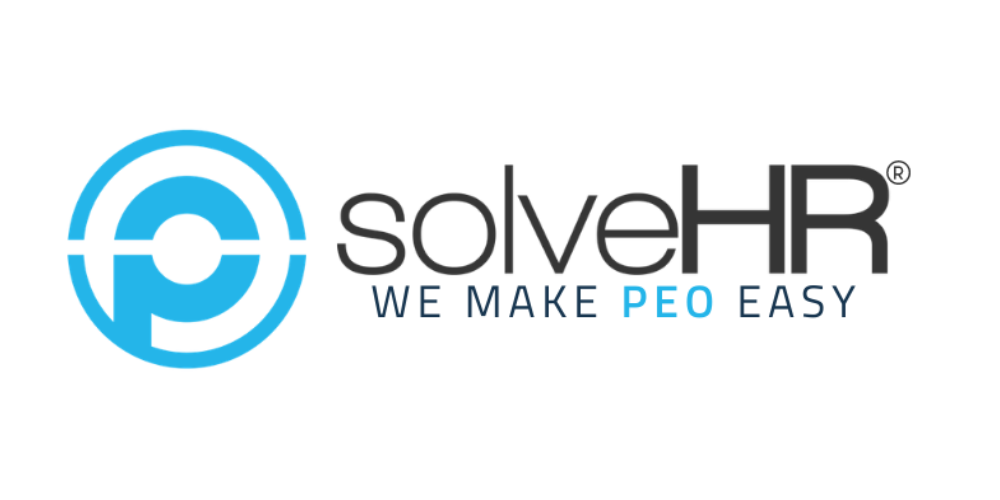- 06/08/2021
- Posted by: Matt Muriel
- Categories: Culture & Retention, Recruitment & Selection, Small and Mid-Sized Business

Social distancing, remote work, and mask mandates have been just some of the changes the pandemic has brought to the workplace, but as the days go on, news of the pandemic in the United States gets better and better. Vaccination rates are on the climb with 64% of adults having received at least one shot at the time of writing, meaning that the U.S. is on track to meet the President’s goal of 70% of adult Americans having at least one shot by July 4th.
This means that, at least in the U.S., we’re reaching a point of normalcy similar to before the pandemic. Yet the Pandemic has turned the workplace on its head, and as we enter a post-covid era we need to begin to think about how these changes will affect us going forward.
This week we wanted to focus on five human resources trends that we’ll be seeing in a post-covid world. Positioning yourself for the future can better prepare your business for what’s ahead in the HR world.
5 Post-Covid HR Trends
Remote Work
Working from home was already a working option popular before the pandemic, but with the need for social distancing, got supercharged last year. Now, as employees are having to come back into the office, many aren’t wanting to return and prefer the freedom and flexibility that WFH had offered them during the pandemic.
Businesses also made the observation that many workers are just as productive when they stay home as they are in the office. Remote work now seems like it’s here to stay post-pandemic, and businesses are going to have to begin to think about how they are going to keep some of these WFH programs alive to keep retaining employees who’ve come to expect their office to be at home.
Competitive Market for Talent
With the economy in recovery, we’re experiencing the beginnings of a new hyper-competitive job market as employers open their doors and increase their hiring efforts. Couple that with a decrease in labor from a variety of factors, and you have the makings for a difficult time for employers to find talent for positions they need filled.
It will be up to employers in the coming months to try and understand what potential job prospects want in the post-covid era to attract and retain employees. HR departments around the country will also need to pay attention to how the labor market is increasing or decreasing as the recovery continues and adapt as necessary depending on the current data.
Expanded Data Collection
During the pandemic, employers needed to collect a large swath of data on their employees that they didn’t need to collect before. Virtual clocking in and out of work, tracking work computer usage, and monitoring employee emails or internal communication are just some of the data points that businesses have begun to look at when managing their employees in this new era.
Even before the pandemic, this data was already starting to be used by companies to better manage their employees, but with the pandemic, this HR trend has been accelerated. It will now be up to HR departments around the country to begin to think about how they are going to store and monitor this data to not only better their business performance, but also protect the information of their workers.
An Emphasis on Employee Engagement, Wellbeing, and Culture
The pandemic brought all sorts of stress into the workplace, and as we’re starting to exit it, some of it still remains. This has led to a number of businesses focusing on their employee’s wellbeing to increase worker engagement, no matter if they are in the office or out of it.
Covid has allowed many businesses to realize the need for a greater company culture to help promote unity among their employees, as well as the need to monitor employees’ well-being during stressful times. This HR trend seems like it is long overdue, but as we exit the pandemic the need for better employee wellbeing care has become apparent.
Planning for Resiliency Instead of Efficiency
Many businesses struggled during the pandemic as they found it difficult to adapt to the new realities of the workplace. Now that we’re exiting the pandemic, a new shift towards structuring a business towards resiliency rather than efficiency is beginning to emerge.
In the past, businesses had to ensure that their organizations were designed around peak efficiency, but with the disruptions of the last year, this has changed. Now businesses are faced with the challenge of designing more responsive organizations that can withstand recession, disaster, pandemic, or any conceivable crisis in the future.
Are you struggling with managing your human resource needs? SolveHR offers several transactional and strategic HR services to help your business. Contact us today to find the right solution for you, so you can focus on what matters—growing your business!

